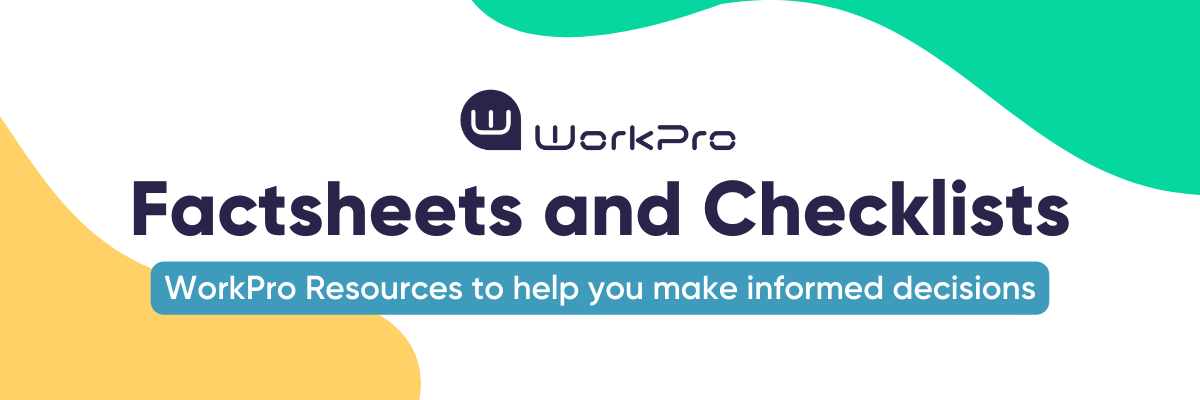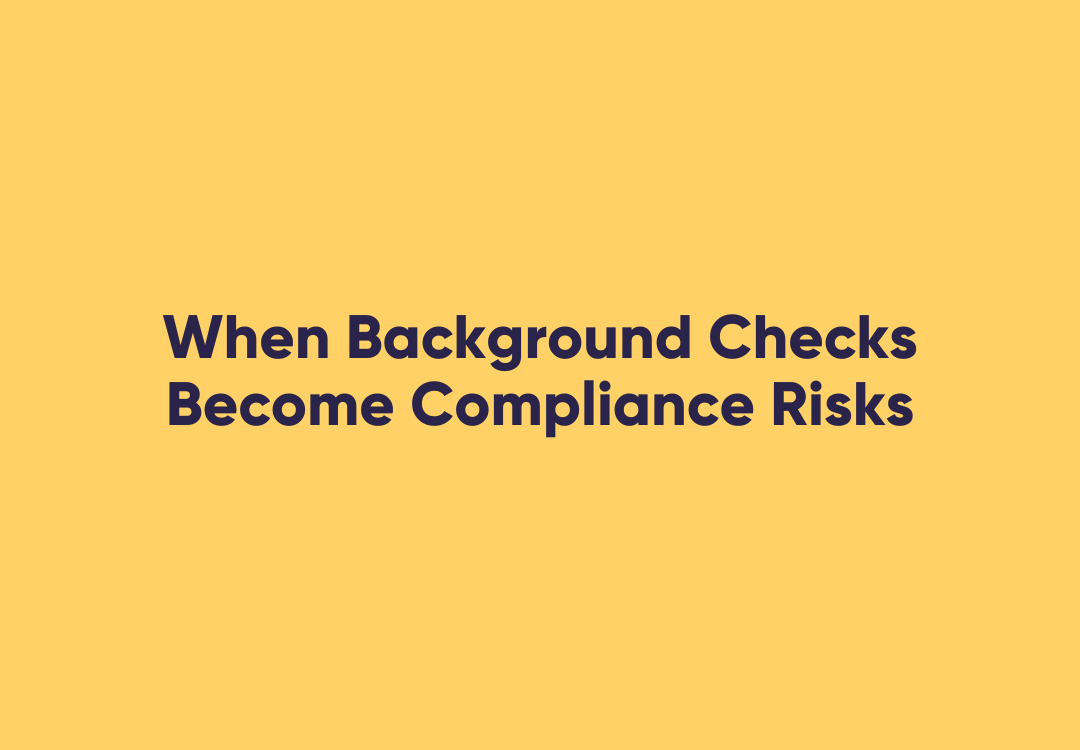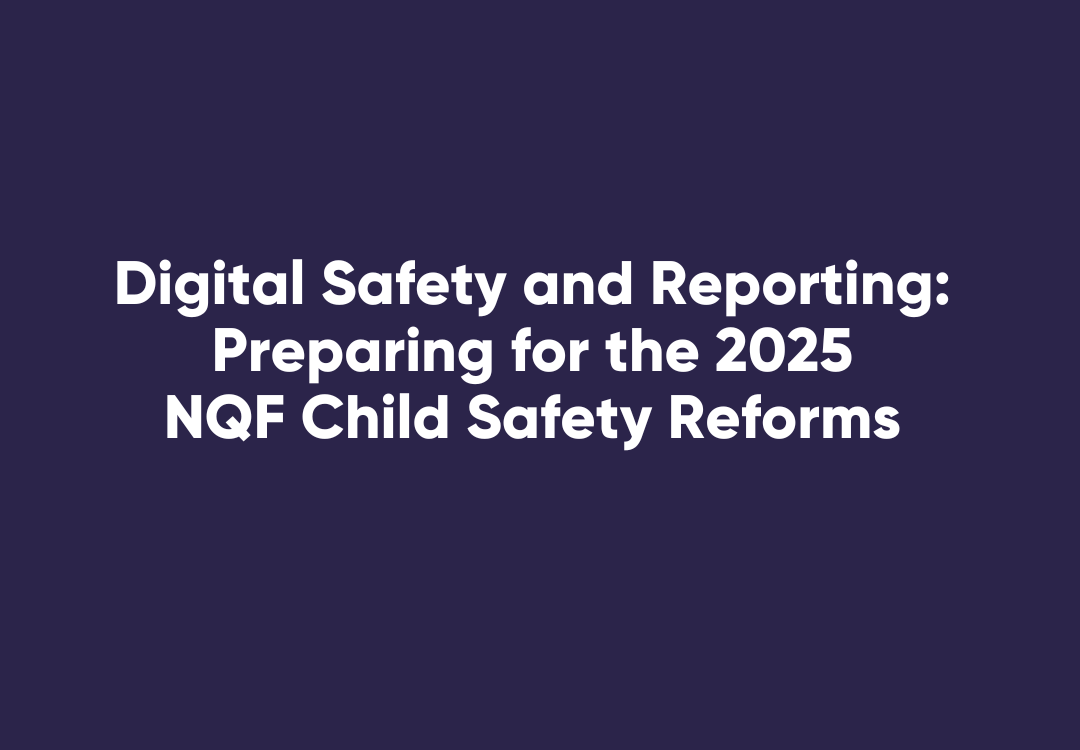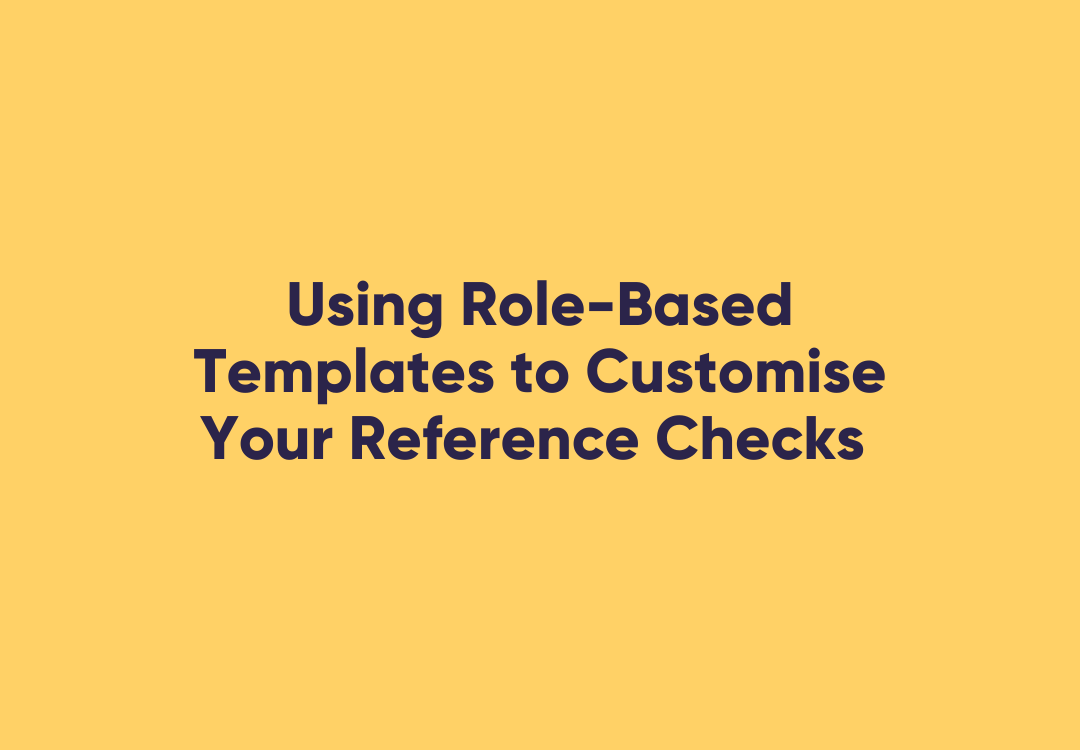When is it bullying? 4 signs for employers to look out for
If you haven’t felt the pain of being a target of bullying by a colleague, what you’re about to read might surprise you.
A recent study from the University of Wollongong has revealed that more than 50 per cent of all Australians experience some form of workplace bullying over the course of their career.
If you look around your office, that essentially means every second person will feel vindicated and abused at work at some point.
That’s kind of frightening.
While it’s fun to work with colleagues that have a sense of humour, it’s also critical to understand where to draw the line – especially as a manager.
As the leader of your team, how you look after your staff at these times will play a massive part in how they feel about it, how it gets resolved, and how safe they feel at work.
If you know exactly what to look out for, you can put an end to it – which will boost the confidence and productivity of impacted staff, and potentially providing a deciding factor in how long they stay at the company.
Determining whether or not you’re being bullied at work can be difficult.
What to look out for with workplace bullying
Fair Work Australia says that workplace bullying occurs when a person (or group) repeatedly acts unreasonably towards another person in a way that makes them feel threatened, victimised or humiliated.
For example:
- Teasing or making jokes at someone’s expense
- Being aggressive or mean towards someone
- Pressuring someone
- Intentionally excluding someone
In some cases, bullying is incredibly easy to spot. In secondary school, if you saw Jack constantly pulling Jill’s hair and calling her mean names, you’d know exactly what was going on.
That dynamic becomes more challenging with adults in the workplace.
Many bullies try to pass off their aggressive behaviour as a joke, and in some cases they might not even realise how hurtful they’re really being.
Jennifer Douglas, a Relationships Australia practice leader, recently spoke to Huffington Post AU about the issue of identifying and dealing with workplace bullying.
“Sometimes it takes a while to even recognise what is happening is bullying,” Douglas said. “It can look like random unpredictable events, but if you can recognise it as repetitive behaviour, that could be the first sign.”
If you notice any of this behaviour happening in your team (or the wider company), it could be up to you to confront it and bring it to an end.
How to stop bullying as an employer
We all learned as children that it’s important to stand up to bullies, but that can be difficult when the victim doesn’t want to cause a scene, or appear to be overly sensitive.
If you’ve ever been targeted at work yourself, you understand why it can be hard to bring up.
That means the role of a manager is critical for bringing it to an end.
Being proactive is the key to maintaining harmony and safeguarding your workplace culture from unspoken issues.
Being proactive is the key to maintaining harmony in the workplace.
If you’re managing a team and you think someone is being bullied, step in and have a chat to them first.
You may be seeing things that aren’t there, but if you give your staff a safe place to discuss it, you’re more likely to find out what’s going on.
If there’s something amiss, there are plenty of options available.
Mediation between both parties might be a good idea, including management.
A private chat with each party might be a better option.
If it’s a deeper issue, the Fair Work Commission can step in and provide an official warning.
Above all else, you need to ensure two things:
- Your company has clear stances, policies and procedures to tackle bullying and discrimination
- Staff receive induction training that covers these issues, so the problems are reduced before they get started.
Workplace bullying is prevalent in offices across Australia, and it creates issues that can have a negative ripple effect throughout your company.
It’s up to both staff and managers to control it and ensure everyone feels safe at work together.
However you tackle it, make sure you’re sending a clear message – bullying will not tolerated.
To learn more about workplace bullying and how to control it as a manager, download our FREE Workplace Bullying e-book today.












